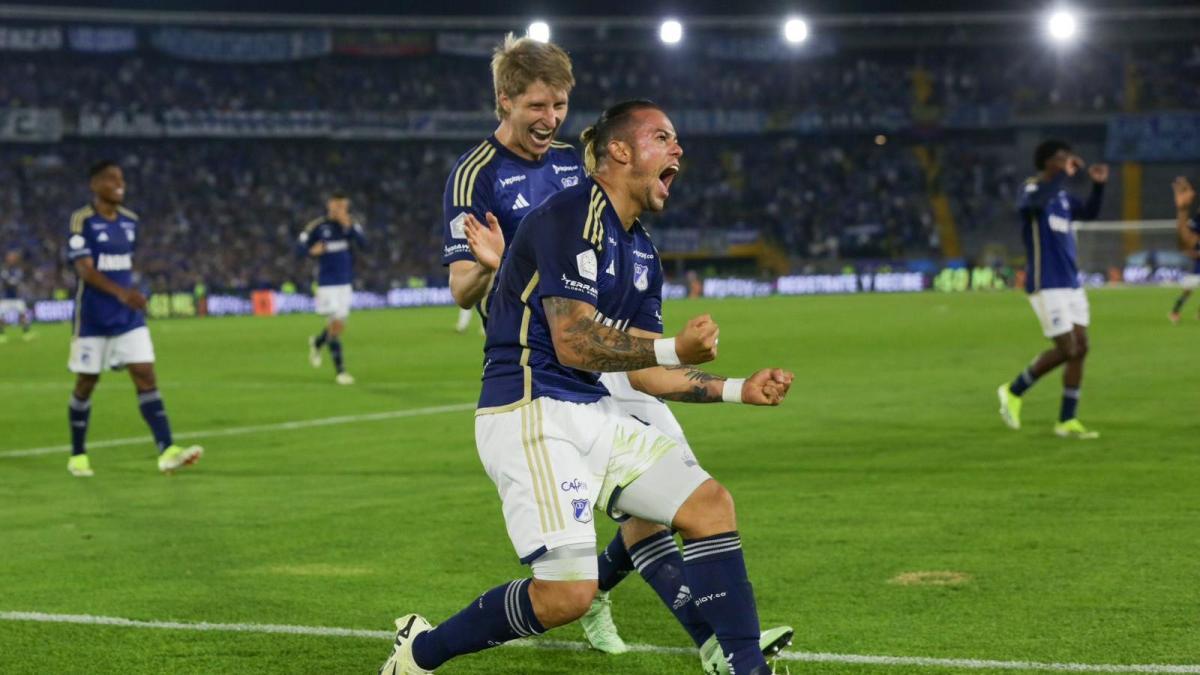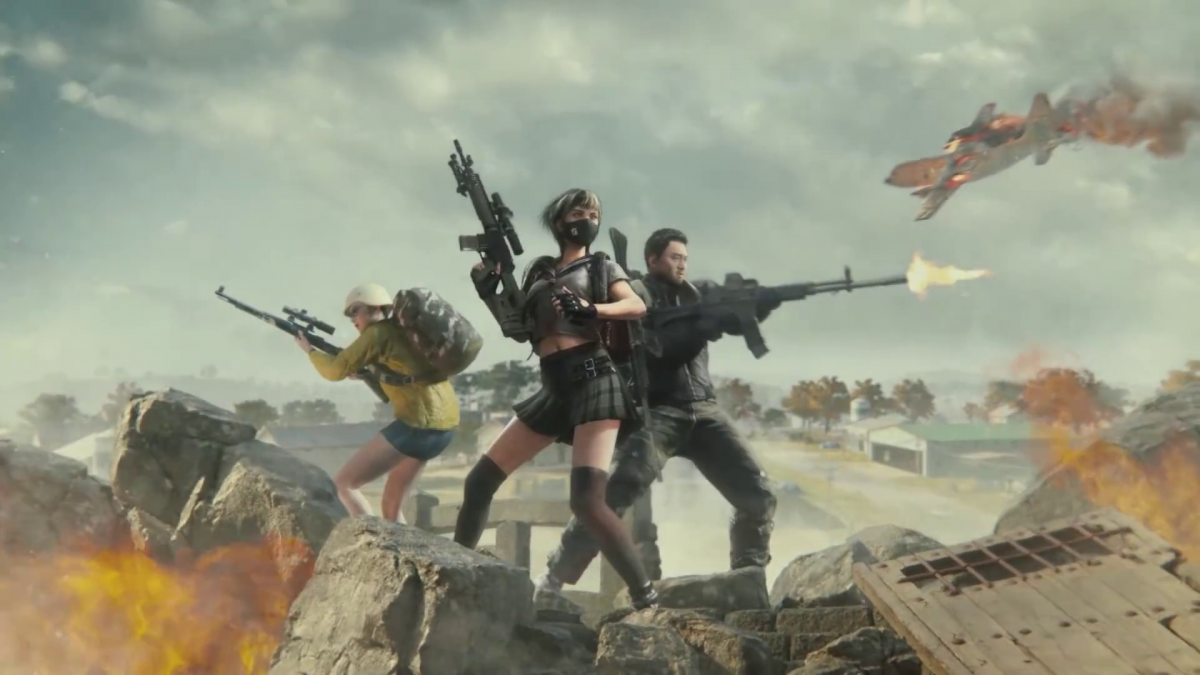The rally is known for its long distances, difficult terrain and the physical condition it demands from the drivers. With a history of more than 100 years, this sport has generated a loyal fan base for its demanding rules and exciting competitions.
According to the international sporting code of the FIA (International Automobile Federation), the rally is defined as a “road competition with an imposed average speed that takes place wholly or partly on roads open to normal traffic“.
In addition to this, the code also makes it clear that competition can develop in two ways. The first is based on an itinerary that all cars must follow and the second, based on several itineraries that converge at a meeting point set in advance and that may or may not follow a common schedule.
(Also read: Nikita Mazepín will be able to race in F1 again: under what conditions?).
rally history
Although automobile racing began at the end of the 19th century, according to Sports Car Digest, the first mention of the word “rally” in a competition was in 1911, with the first edition of the Monaco Rally. This competition would later be known as the Monte Carlo Rally.
In this contest, there was a speed limit of 25 kilometers per hour and points were awarded for the distance traveled, the number of people transported, the degree of comfort of the passengers and the condition of the car at the end of the race. The parameters were quite different from what is handled today.
(You may be interested: Max Verstappen, to ratify his new era in Formula 1: analysis).
Over time, it became popular to compete over long distances. However, builders and fans did not have a championship in which to compete and prove themselves.
For this reason, The FIA World Rally Championship (World Rally Championship or WRC) was created in 1973 and began with the Monte Carlo rally, according to the page of this competition. Since then, the teams must compete in 13 rallies around the world to be crowned world champions of the competition.
The World Rally Championship has four categories of competition: WRC, WRC 2, WRC 3 and WRC Junior. The first of these is the one in which superstars and big teams compete, while in WRC 2 those who are supported by car manufacturers participate and, in WRC 3, independent drivers.
The Dakar Rally has a category for those who wish to compete with motorcycles.
How does a rally work?
Each rally has between 15 and 25 sections accounted for, known as special stages, on roads that are closed to competition. Each driver competes to complete these stages in the least amount of time possible.
To achieve this, they are supported by a co-pilot who reads notes containing a description of the path ahead and the obstacles to overcome. The time of each car is counted with a precision of up to tenths of a second for clarity in the measurement.
Rewards are awarded in the form of points for the ten cars that manage to complete all the stages in the shortest accumulated time.. The scoring is done on a scale of 25-18-15-12-10-8-6-4-2-1 depending on the results.
The driver and car manufacturer who accumulates the most points through the 13 competitions of the season is crowned world rally champion. Because of this, each team seeks to make their car as fast as possible and easy to drive.
In addition to these rules, the competitions follow a basic schedule. The first two days lend themselves to reconnaissance of slow speed courses to take road notes used in competition.
On the morning of the third day, the drivers can perform a “shakedown” to test the condition of their cars and make any necessary adjustments. That same night the rally itself begins and both the teams and the fans focus on knowing who will be the fastest.
David Bernal Prieto
School of Multimedia Journalism EL TIEMPO
#Rally #race #time









